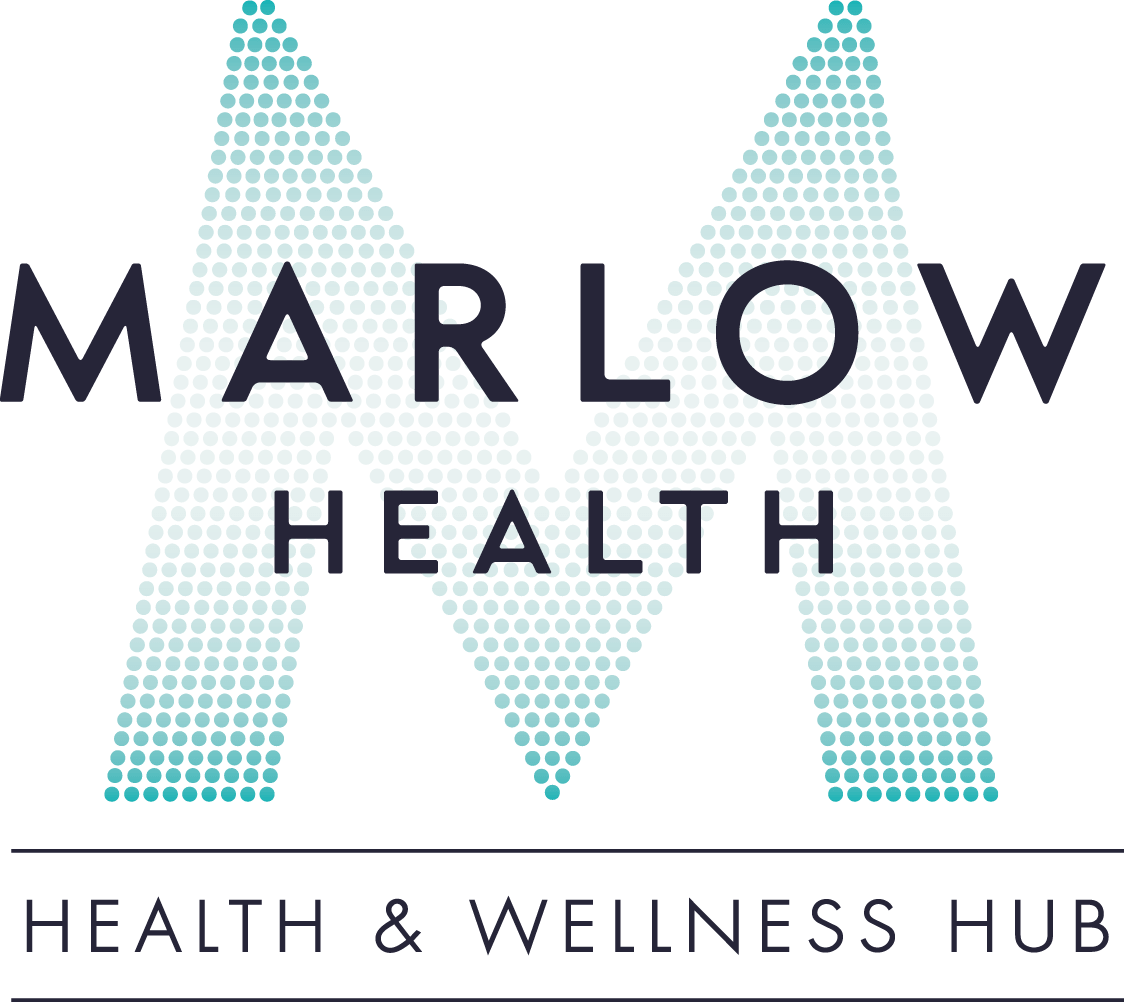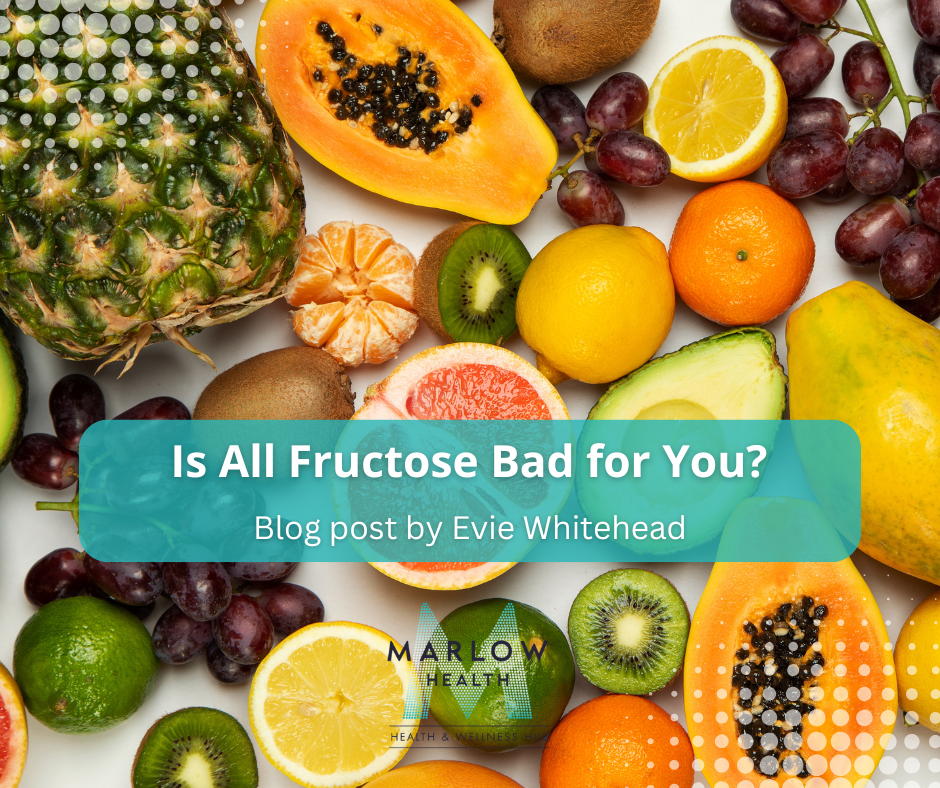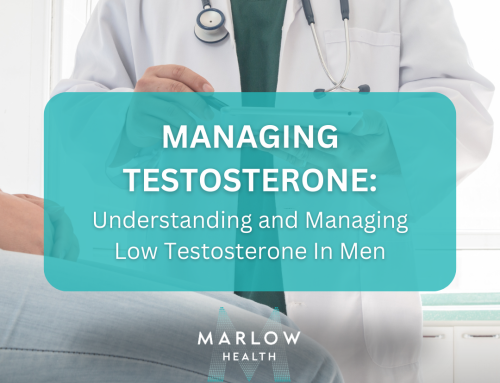There’s a lot of confusion about sugar and whether the fructose found in fruit is bad for your health. If you had to choose between eating the natural fructose in a banana or digging into a bowl of brightly coloured cereal O’s, I’m sure you’d agree that the banana sounds like the better option!
Food has been made colourful, coated in sugars and additives to make it more enticing to children, resulting in a drastic increase in childhood obesity as these kinds of foods are so easy to overeat.
Now, let’s dive into fructose itself. While naturally occurring fructose in fruits is not the problem, the concern comes with the fructose added to ultra-processed foods (UPFs), often in the form of high fructose corn syrup (HFCS). This type of fructose is metabolized differently in the body and can be harmful when consumed in large amounts. Researchers from Washington University have found that the liver processes this added fructose into lipids, which many cancer cells seem to crave. But here’s the twist: fructose doesn’t directly promote tumor growth as we might think. Instead, the liver converts it into nutrients for healthy cells, and then, those nutrients can be turned into something that helps cancer cells grow. It’s a tricky cycle.
When we consume a lot of fructose, it increases the availability of lipids in the blood. These lipids are essential building blocks for all cell membranes, and cancer cells can use them to fuel their 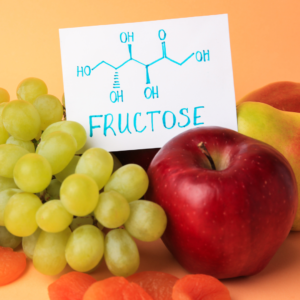 growth. You might already know that cancer cells love glucose. Well, fructose is pretty similar to glucose in its structure. But while glucose gets processed throughout the entire body, fructose is mainly metabolized in the small intestine and liver. Both glucose and fructose can be found in fruits, veggies, whole grains, and dairy, but the real concern lies with processed foods. These foods often contain huge amounts of fructose.
growth. You might already know that cancer cells love glucose. Well, fructose is pretty similar to glucose in its structure. But while glucose gets processed throughout the entire body, fructose is mainly metabolized in the small intestine and liver. Both glucose and fructose can be found in fruits, veggies, whole grains, and dairy, but the real concern lies with processed foods. These foods often contain huge amounts of fructose.
Why? Because it’s sweeter than glucose and super cheap to add to products. The combination of high glucose and fructose in modern diets is playing a role in the rise of obesity, metabolic disease, high cholesterol and cancer rates. A hundred years ago, the average person ate just 5-10 pounds of fructose a year. Today that number has jumped to 75-100 pounds, which is 15 times more! And it’s not just sweets, cakes, and sugary drinks you need to watch out for. You’d be
surprised to learn that fructose is hiding in places you wouldn’t expect, like soups, sauces, dressings, and ready meals.
So, how can you reduce your intake of added fructose? It requires a conscious effort to cut back on processed foods. Cooking from scratch using whole, natural foods as close to their original form as possible is the best way to cut back on added sugars and processed foods to support your health and well-being.
If you’d like some extra help and guidance along the way, I’m excited to share that my Eat Better Feel Better online program is starting soon! Click here to learn more. Let’s make healthy eating simple and fun together!
Evie
